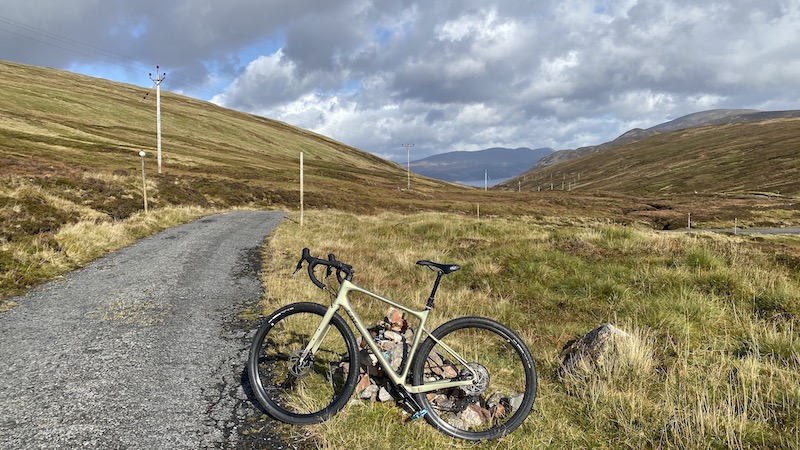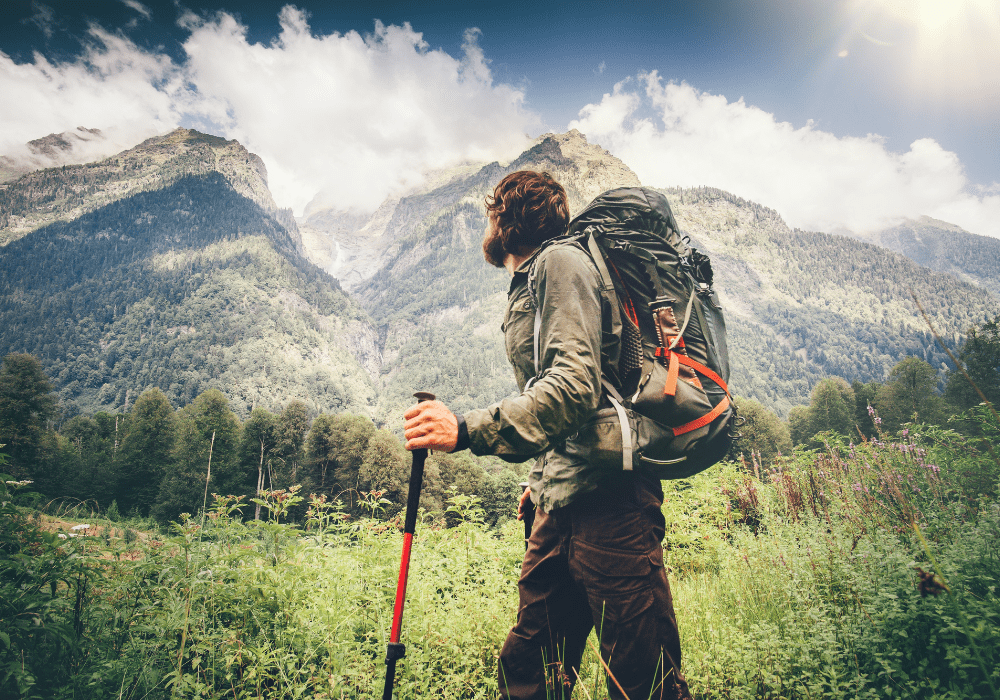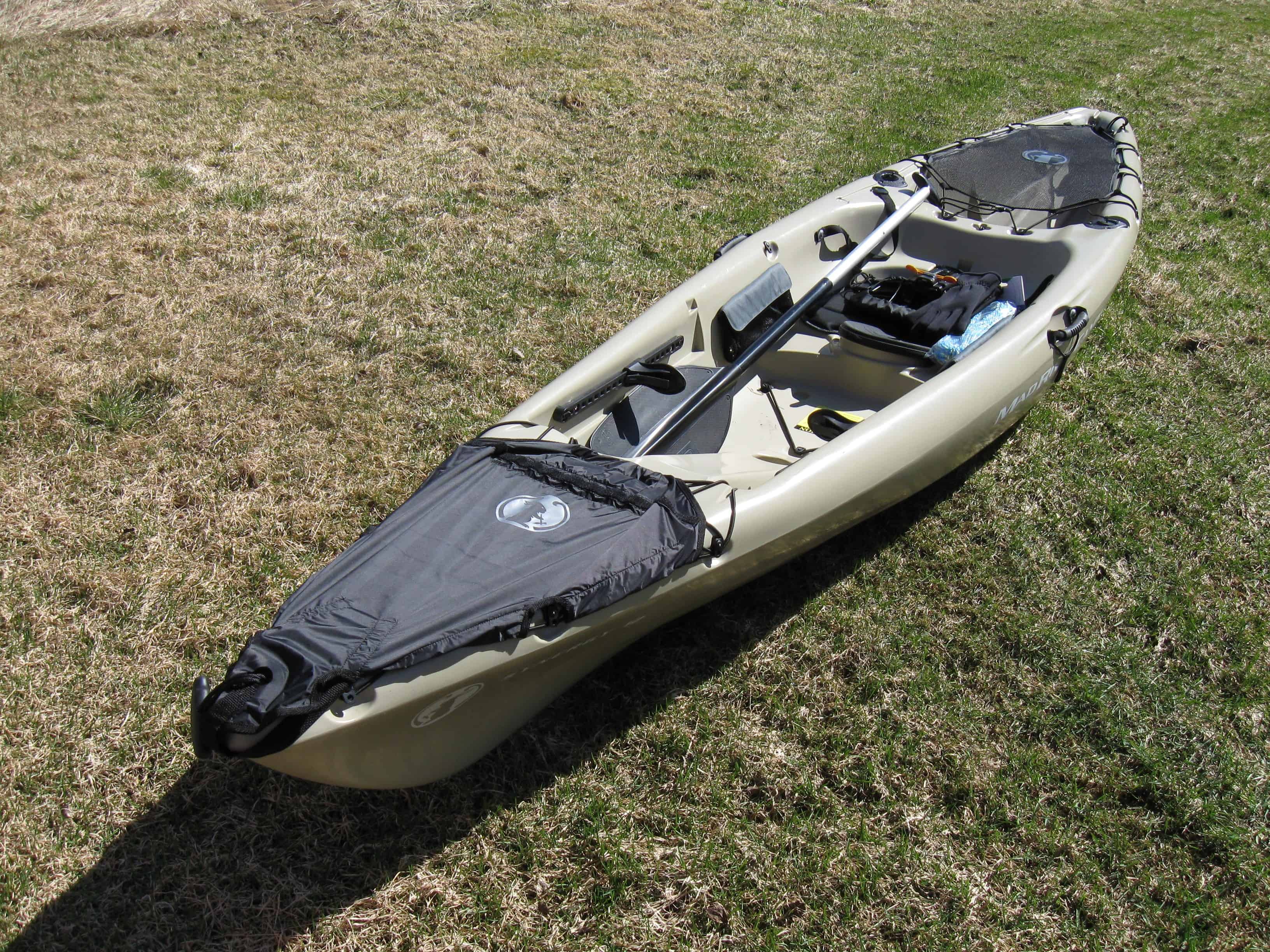How To Choose Clothing For A Hiking Trip?

Hiking is fun. Hiking is great. It keeps us physically and mentally fit, allows us to experience nature while having fun, and lets us enjoy ourselves. Shopping for hiking gear is one of the best parts of hiking. You may need a hat and a jacket with separate clothing underneath. You might also require pants, shorts, socks and boots, depending on the location you are hiking.
The problem is:
You may be overwhelmed by the sheer volume of choices and options available. There are hundreds of brands that offer thousands of hiking items.
How can you be sure of what you are buying?
Table of Contents
You Can Avoid Playing the Guessing Game
It doesn’t need to be difficult to choose the right hiking clothing. You’ll have your hiking outfit together in no time if you remember these nine tips.
1. What will you use it for?
When shopping for hiking clothing, this is the very first question that you should ask yourself.
You may be overwhelmed by the sheer number of brands and products available. You may end up purchasing something you don’t need or even worse, something you’ll never use.
Ask yourself these questions to avoid wasting money.
- Are you planning to hike in hot, dry weather?
- Will it be cold and windy?
- Are you looking for something that is both protective and breathable?
These questions will help you to narrow down your options quickly and avoid costly mistakes.
2. Comfort: Does it feel good to wear?
Comfort is important in any pastime, but especially when you have to walk continuously for long periods of time. It’s therefore important to decide on the level of comfort that you desire.
This is what I said:
What may feel comfortable in your normal day, may not be so comfortable during your hike. Cotton clothes may be comfortable when they are dry, but they retain sweat, which can make you feel warmer in hot weather or colder during windy conditions.
We can’t discuss comfort without also mentioning the right fit. It’s easy to remember this tip: Comfort > Looks. It’s tempting to put that stylish jacket and cargo pants on display, but will it allow you enough range of movement for your destination?
3. BREATHABILITY: DOES IT LET AIR IN OR OUT?
When hiking in a hot climate or during the summer, it is important to wear hiking clothing that breathes. You can cool yourself down by allowing air to flow freely through the fabric. It also helps sweat evaporate faster, which allows you to cool down faster.
The downside of breathable clothing is that it gets wetter faster. This means you will soon find yourself soaked when you are surprised by a sudden summer downpour.
4. WATERPROOF: DOES IT GET WET?
You may want to wear waterproof clothing if you are hiking in areas where it is likely that you will get wet. This could be coastal or swampy areas. You’ll want waterproof clothing in these situations.
The problem is:
Most waterproof clothing sacrifices breathability. While you might be protected from outside water, your body will still sweat. If you layer your clothing instead of wearing a single thick waterproof shell, this should work.
Some brands sell items that are waterproof and breathable.
5. WEIGHT: How light is it?
The weight of your hiking gear can impact how much you enjoy this activity. You might think that your clothes aren’t very heavy and that a little weight makes them feel more expensive.
Unfortunately:
The trail may be a long one, with obstacles to overcome and the weather to contend with. You’ll eventually become too tired to continue because you will have used up all the extra calories and effort you are using to carry that extra weight. When choosing hiking clothing, lighter is better.
6. Does it remove sweat?
You want your hiking clothing to be able to remove sweat no matter where you are.
Sweat-wicking clothing does more than absorb sweat. It carries it away from the skin to its surface, where it can evaporate. Sweat-wicking clothing, such as shirts and socks, keeps you cool and dry. They also make you smell better.
If you are prone to sweating, you should wear clothing that wicks away moisture.
7. DURABILITY: IS IT ABLE TO RESIST THE EVENTS AND THE TERRAIN?
Even if your hiking clothes are the lightest, most breathable, most sweat-wicking and multi-functional items you can purchase, they will not be of much use if they tear or rip when you most need them.
Durability is determined by a variety of factors, including the materials used, the design and construction.
When talking about durability, it’s important to consider how weight affects the durability. It may seem that something durable must also be heavy (like hiking boots or jackets). This is not the case. There are many brands that offer lightweight, durable items like hiking pants, socks and jackets. You don’t need to compromise comfort for durability.
8. IS INSULATION KEPT YOU WARM?
You’ll want insulated clothing if you are hiking in cold climates. How much insulation you need depends on how cold and windy it is during your hike.
The combination of materials and the way they are layered determines how much insulation is provided by a garment.
When they become wet, natural types of insulation begin to lose their ability to retain heat. Wearing these in a rainstorm is not recommended. Instead, choose a fully synthetic alternative.
9. Is it within your price range?
It doesn’t really matter what qualities your hiking clothing has if it’s simply out of your price range.
Most of the best stuff is expensive (well above $100). It may be better not to buy everything at once. You will get what you paid for. Assemble your hiking gear one piece at atime. This way, you can still go hiking and save money for the next item.


